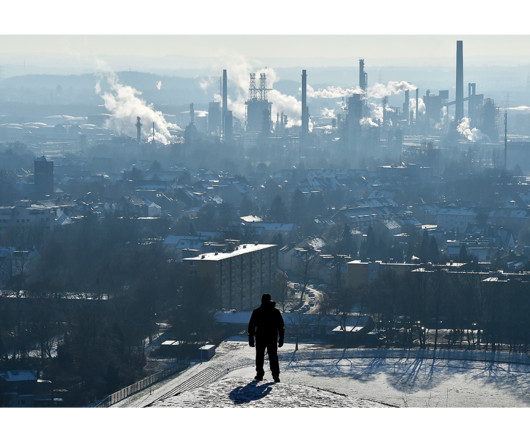Why is the idea of the Anthropocene so contentious?
Grist
MARCH 11, 2024
The atmospheric chemist had won a Nobel Prize in 1995 for demonstrating how humanity was destroying the ozone layer, just one of the many ways people had radically altered the planet, from urbanization to releasing greenhouse gases. People planted crops and built cities, expanding civilization until they started remaking Earth itself.















Let's personalize your content